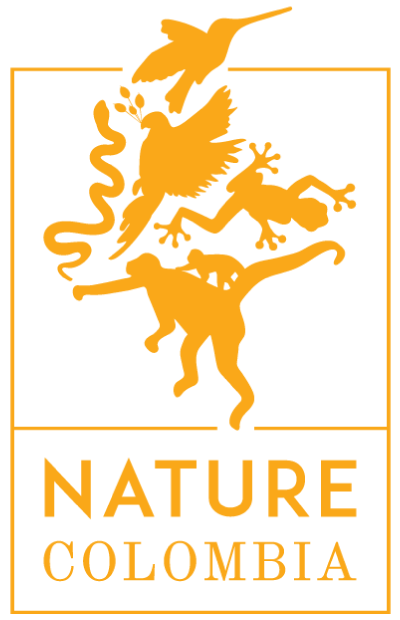SUMMARY: 0 day(s)
The cart is empty!
Click on "Customize" and start planning your perfect trip!
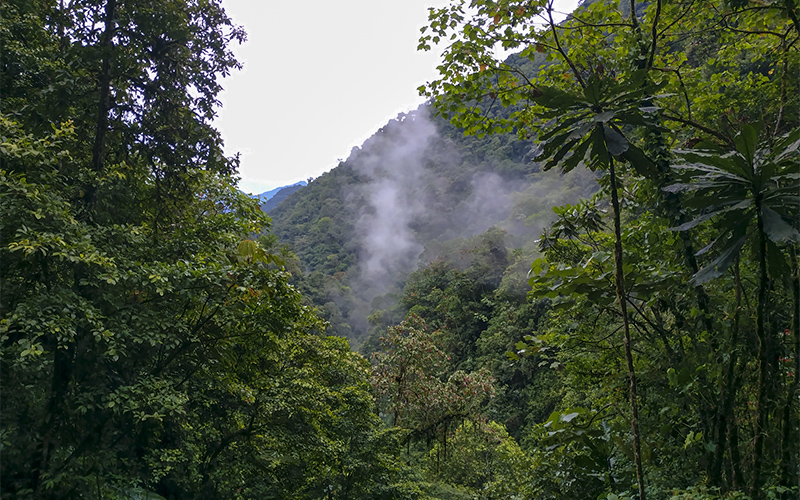
Eastern Andes + Central Andes + Magdalena Valley
(16) days(s)
This tour combines the major birding attractions of Eastern and Central Andes plus the Valley in between, the Magdalena Valley. In this 16 days you can enjoy the stunning scenery of various habitats, from Paramo in the highest elevation of Central and Eastern Andean ranges to the dry forest of the Magdalena Valley (home to many endangered birds found in the region, including the endemic Blue-billed curassow and White-mantled barbet, passing for Montane forest, high and low elevation wetlands and more.
Animals you might see on this tour
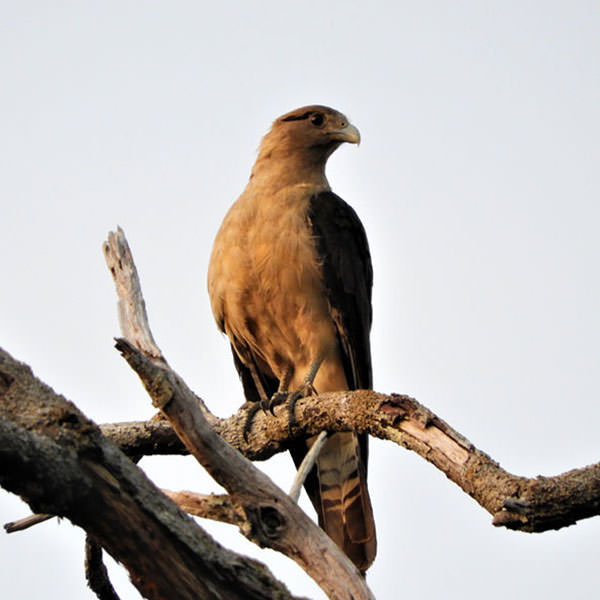
Yellow-headed Caracara
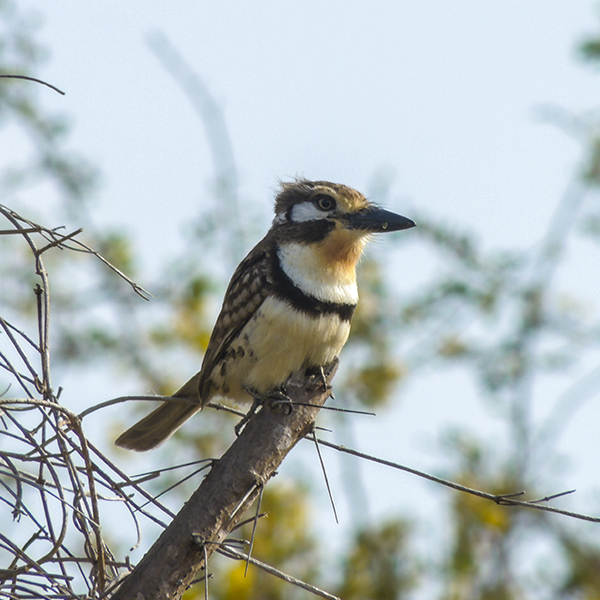
Russet-throated Puffbird
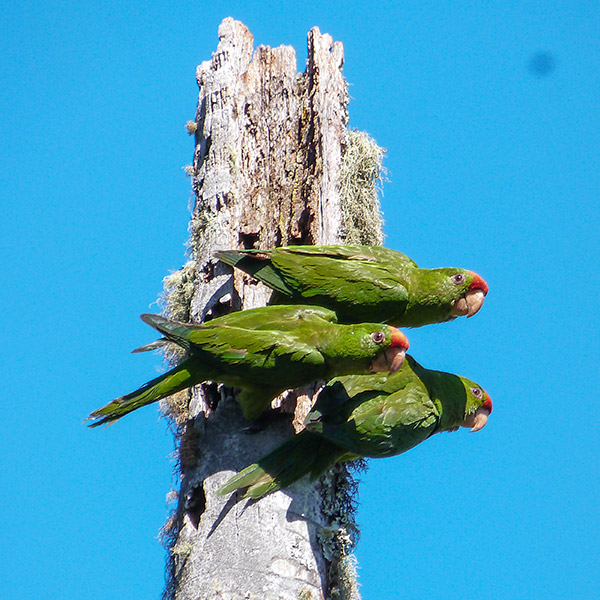
Scarlet-fronted Parakeet
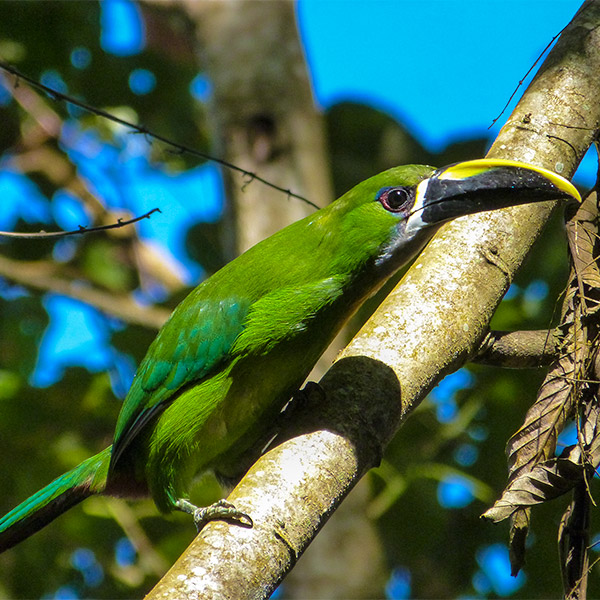
Southern Emerald-Toucanet
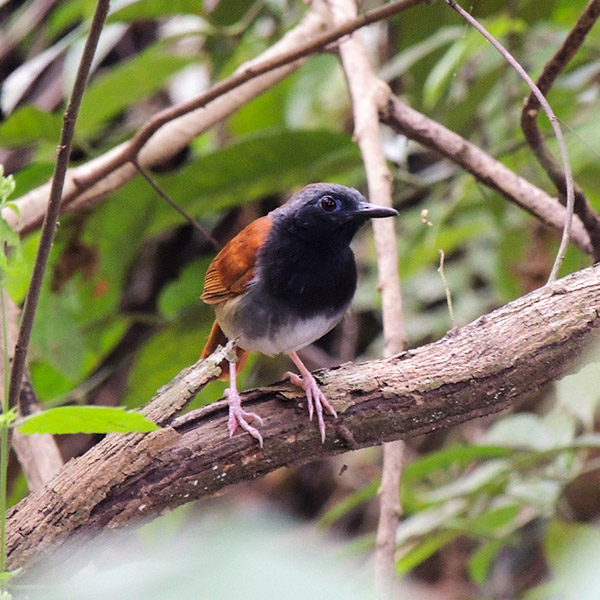
White-bellied Antbird
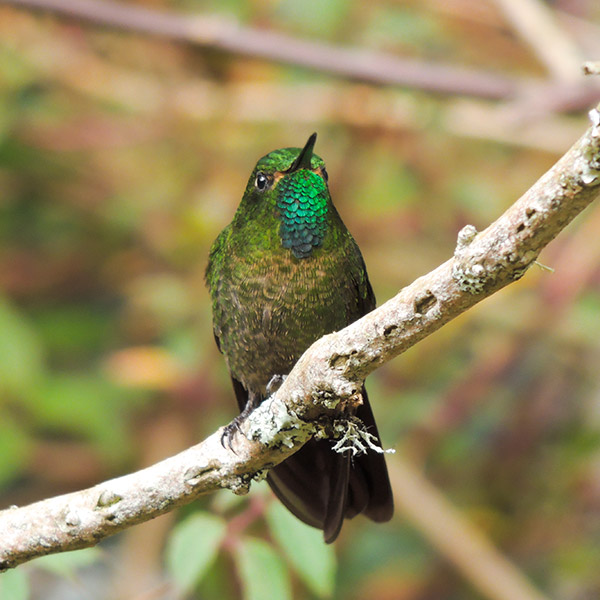
Tyrian metaltail
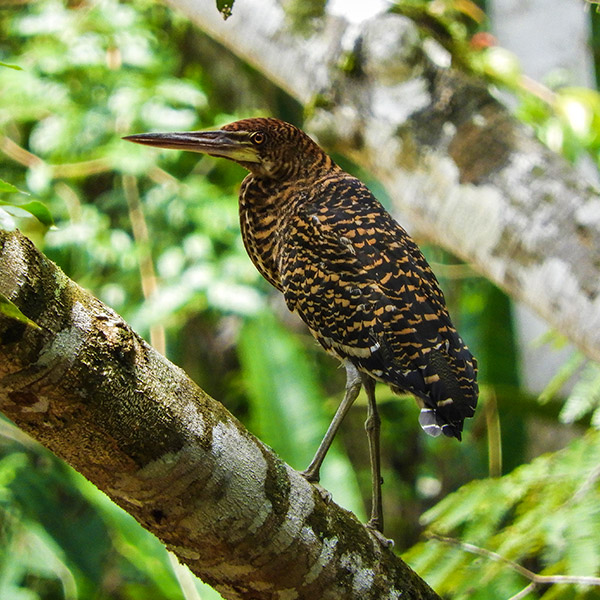
Rufescent Tiger-Heron
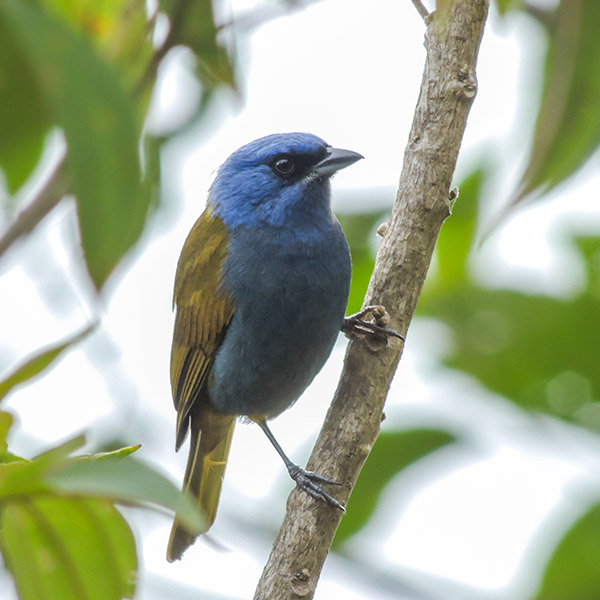
Blue-capped Tanager
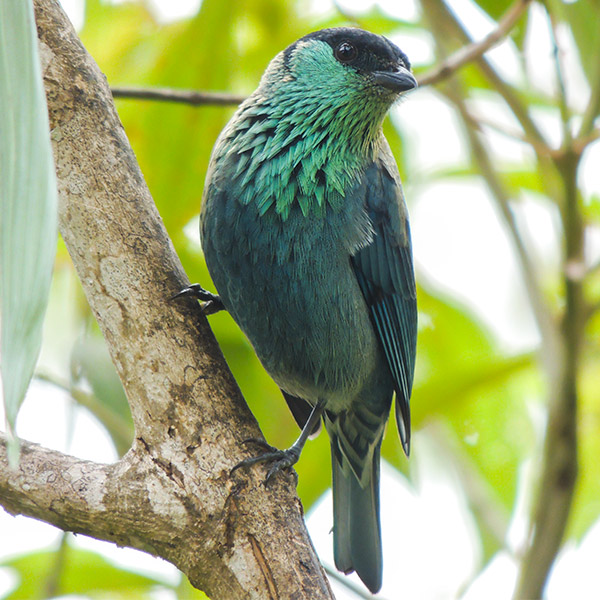
Black-capped Tanager
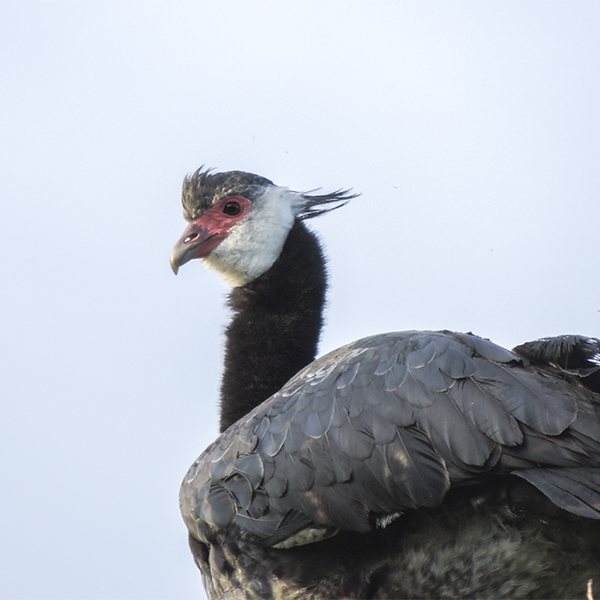
Northern Screamer
Itinerary
Day 1: Arrival to Bogota
Arrival and overnight in Bogota.
Day 2: Chingaza & Hummingbirds observatory
We will make an early start to venture in to the hills, ascending high into elfin forest in the huge Chingaza National Park which is 53,000 ha, and provides the majority of the drinking water for Bogota. You will find most of the Eastern Andean Highland near endemics here.
The short stunted trees and nearby paramo habitat encourages small mixed roving flocks and amongst these we will search for Rufous-browed Conebill, Silvery-throated Spinetail, the skulking Pale-bellied Tapaculo. The White–faced form of Golden-fronted Whitestart, Black-chested, Buff-breasted, and Scarlet-bellied Mountain Tanagers, Red-crested Cotinga, Pale-naped Brush-finch, Rufos Wren, Superciliared, Black-eared, Black-headed, and Oleaginous Hemispingus, and other delights, such as Plushcap, Black-crested Warbler, White-throated Tyrannulet, Rufous Antpitta, Glowing and the near endemic Coppery-bellied Puffleg.
We may even entice an Andean Pygmy-owl to show itself and if we are very lucky we could find Bronze-tailed Thornbills. The endemic Brown-breasted Parakeet is one of the targeted species and artificial nest boxes have been set up in the area for the continued survival of this endemic species.
Making our way higher in elevation we can continue searching for Tyriant Metaltail, Glossy and Masked Flowerpiercer, Barred Fruiteater, Slaty Brus-finch, White-chinned Thistletail, Streak-throated Bush-tyrant.
In the afternoon we will visit some Hummingbird feeders where we have good chances to see the Sword-billed Hummingbirds, Great Sapphirewing Green violetear, Sparkling Violetear, Amethyst-throated Sunangel, Black-tailed and Green-tailed Trainbearers, Purple-backed Thornbill, Glowing Puffleg, Coppery-bellied Puffleg, Shining Sumbeam, Blue-throated Starfronlet, Mountain Velvet-breast and White-bellied Woodstar.
Overnight in Bogota.
Day 3: Chicaque Park + Coello Area + Transfer to Ibague.
Chicaque Natural Park is a protected area located south west of the savanna of Bogotá, there our main targets will be the near-endemics Golden-bellied Starfrontlet and the Moustached Brush-Finch, plus other high altitude goodies such as Glowing Puffleg, Collared Inca, Southern Emerald-Toucanet, Black-capped Tyrannulet, Scarlet-bellied Mountain-Tanager, Capped Conebill, and many others.
After a lunch on the road, we´ll head towards the Magdalena Valley and make one birding stops there near a town called Coello, looking for the endemics Apical Flycatcher and Velvet-fronted Euphonia and many other lowlands birds such as White-fringed Antwren, Jet Antbird, White-bellied Antbird, Pale-eyed Pygmy-Tyrant, Pearly-vented Tody-Tyrant, White-bearded Manakin, Scrub Greenlet, Whooping Motmot, Spectacled Parrotlet and Rufous-tailed Jacamar.
Overnight in Ibague.
Day 4: Combeima Canyon & Transfer Rio Claro Reserve
We will spend the morning birding at the Combeima Canyon, targets there will be the endemics Tolima Blossomcrown, Tolima Dove and Yellow-headed Brushfinch. We also will visit a lovely reserve with bird feeders with also good chances for Tolima Blossomcrown and other commoner but good hummingbirds as Tourmaline Sunangel, Booted Racket-tail, White-bellied Woodstar, Speckled Hummingbird, Long-tailed Sylph, Fawn-breasted Brilliant, White-necked Jacobin and Andean Emerald. Other ones that we can get there include the near-endemic Bar-crested Antshrike, the skulking Whiskered Wren, White-capped Dipper, Hooded Mountain-Tanager, Fawn-breasted Tanager and Saffron-crowned Tanager.
In the afternoon we will make the long drive up the Magdalena Valley to the Rio Claro Reserve.
Day 5: Rio Claro Reserve
Rio Claro is one of the most notable birding hotspots in Colombia. Thanks to its interesting geography and geographical history. In its tropical rain forests the vegetation and the fauna are adapted to a very unique ecosystem niche, characterized by limestone and marble soil, rich in calcium and other minerals. The high degree of biological endemism is due precisely to the uniqueness of these ecosystems.
The main attraction at Cañon del Rio Claro are the odd and mysterious Oilbirds, which we can easily see in a cave along the river where they roost. Also, we will look for 5 endemic birds: Magdalena Antbird, Antioquia Bristle-tyrant, Beautiful Woodpecker, White-mantled Barbet and Sooty Ant-tanager; plus the near-endemic Saffron-headed Parrot. Other targets include Grey-cheeked Nunlet, Broad-billed Motmot, Barred Puffbird, Slaty-winged Foliage-Gleaner, Pacific Antwren, One-colored Becard, and striking Golden-headed and White-bearded Manakins.
Overnight in Los Colores Hotel.
Day 6: Rio Claro Reserve & Transfer to Manizales
After spend the morning of day 5 birding around Rio Claro Reserve and looking for the species that we could have missed the day before, we will head to Manizales, a city located in the western slope of the central Andes.
Day 7 & 8: Rio Blanco Reserve
Rio Blanco is one of the best birding sites in Colombia; In particular it is a mecca for lovers of skulking species. Rio Blanco was the first birding location in Colombia to develop feeders for birds especially for antpittas. It is located three kilometers northeast of Manizales (2150 m to 3700 m). It is an area of Cloud Forest with high biodiversity and protects numerous endangered species. There are 362 species of bird here, including 13 of Colombia's endemics.
We will walk in to the reserve and begin with the local warden taking us to a feeding area where we can get close views of the once almost impossible Brown-banded Antpitta, the Chestnut-crowned Antpitta, Bicolored Antpitta and the charismatic Slaty-crowned Antpittas. We also have good chances for Chestnut-naped Antpitta.
Other species that frequent the bamboo feeding areas include Streak-headed Antbird, the elusive Masked- saltator, Green-and-black Fruiteater, Ash-colored Tapaculo, Ocellated Tapaculo and Grey-browed Brush-finch. Further searching should reveal Black-collared Jay, Streaked Xenops, Yellow-billed Cacique, Olive-sided Flycatcher, Bar-bellied and Crimson-Mantled Woodpecker, Slaty brush-finch, Chestnut-capped Brush-finch and Lachrymose Mountain-tanager.
Overnight in Manizales
Day 9: Los Nevados National Park & Transfer to Otún Quimbaya Fauna and Flora Sanctuary.
Paramo del Ruiz is a protected area situated below the Ruiz Volcano between 2800 m and 4000 m. It is a combination of paddocks, elfin forest, patches of bamboo and Paramos.
The elfin forest and paramos of this massive park are home to endemic species including the rare and local Rufous-fronted Parakeet, and Black-thighed Puffleg. Starting in the elfin forests we will look for these two species along with Rainbow-bearded Thornbill, Viridian Metaltail. Golden-breasted Puffleg, Paramo Tapaculo, while small roving flocks may include golden fronted Whitestart, Sedge wren, Plain-coloured Seedeater, Paramo Seedeater, Andean pygmy-owl, White-browed Spinetail, Brown-backed Chat-tyrant and White-chinned Thistletail. One of the highlights of this stunted mountain side is the delightful endemic Buffy Helmetcrest, and we will look for this amazing bird in flowering bushes.
Also here should be the vocal and often showy Tawny Antpitta, alongside Stout-billed Cinclodes, Andean Tit-spinetail, Crowned Chat-tyrant, and Many-striped Canastero and many others.
Accommodation at Otún Quimbaya Fauna and Flora Sanctuary.
Day 10: Otún Quimbaya Fauna and Flora Sanctuary & Transfer to Manizales.
Otún Quimbaya is located on the western flank of the Central Cordillera in the department of Risaralda. About 90% of the protected area corresponds to natural forests, in different states of succession, and mature forests.
After breakfast, and no doubt with the distraction of the sound of the Howler Monkeys, we will take a walk along an open quiet road to connect with several sought after birds including the impressive Red-ruffed Fruitcrow, followed by such delights as the Andean Motmot, White-naped Brush-finch and White-capped Tanager. Other species could include the White-winged Becard, Saffron-crowned, Fawn-breasted and Flame-rumped Tanagers, Black-winged Saltator, Green-fronted Lancebill, Marble-faced and Variegated Bristle-tyrants and Rufous-breasted Flycatchers.
Also, we will search for the endemic Cauca Guan, and have a chance to see the Multi-coloured Tanager and Crested Ant-tanager in mixed flocks.
As we leave the area a few strategic stops along the way could have us look at a nearby tumbling river where we may find Torrent Tyrannulet, Torrent Duck, White-capped Dipper.
Overnight in Manizales.
Day 11: Tinamou Reserve & transfer to Medellin.
Tinamou Reserve is a charming reserve loaded with bird feeders and nice trails, located in San Peregrino village at 30 minutes from the city, in a dry forest of 15 ha. at 1.225 m.a.s.l. We will look for several endemics such as Grayish Piculet, Colombian Chachalaca and Parker's Antbird. Other specialties include Gray-headed Dove, Moustached Puffbird, Crimson-rumped Toucanet, Andean Motmot, Blue-lored Antbird, Jet Antbird, Speckle-breasted Wren, Guira Tanager and Golden-rumped Euphonia.
At the feeders we can see near-endemics Western Emerald and Scrub Tanager, beside commoner species as Green Honeycreeper, Blue-necked Tanager, Long-billed Starthroat, Steely-vented Hummingbird, Andean Emerald, Rufous-tailed Hummingbird, Green Hermit, White-vented Plumeleteer, Black-throated Mango, Lesser, Brown and Sparkling Violetears.
In the afternoon, we will be transferred to Medellin.
Day 12: La Romera & Transfer Chestnut-capped Piha Reserve
La Romera is the connection point between the municipalities of Sabaneta, Caldas, Envigado and El Retiro and it is well known as one of the most important natural areas of the Valley of Aburrá.
There, our main targets will be the highly restricted regional endemics – Red-bellied Grackle and Stiles’s Tapaculo, the near-endemic Yellow-headed Manakin, also we will look for, Andean Motmot, Red-headed Barbet, Russet-crowned Warbler, Sickle-winged Guan, White-naped Brush-Finch, Marble-faced Bristle-Tyrant, Greenish Puffleg, Azara’s Spinetail and Black-billed Peppershrike.
Overnight Chestnut-capped Piha Reserve.
Day 13 & 14: Chestnut-capped Piha Reserve
This reserve was created to protect the habitat of Chestnut-capped Piha. It has an area of approximately 3.271 acres, with an altitude between 1,400 and 1,850 m above sea level and is classified as an Alliance for Zero Extinction (AZE) site.
The reserve has a great trail system that is well marked, there we will have two full days looking specialties like the endemics Chestnut-capped Piha, Red-bellied Grackle, White-mantled Barbet, Multicolored Tanager, Chestnut Wood-Quail, Colombian Chachalaca and near-endemics such as Sooty-headed Wren, Purplish-mantled Tanager, Bar-crested Antshrike, Scarlet-and-white Tanager. Other specialties we may find there include Guira Tanager, Buff-fronted Foliage-Gleaner, Western (Striped) Woodhaunter, Lined Quail-Dove, Black-winged Saltator, Stiles’s Tapaculo, Spotted Barbtail, Marble-faced Bristle-Tyrant, Rufous-browed Tyrannulet, Pale-edged Flycatcher, Brown-billed Scythebill, Fulvous-breasted Flatbill, Tyrannine Woodcreeper and Lineated Foliage-Gleaner.
The reserve has a number of feeders where we can easily see and photograph Andean Emeralds, Green-crowned Brilliants, Crowned Woodnymphs and Steely-vented Hummingbirds, Brown Violetears, Purple-throated Woodstars, Booted Rackettails and White-necked Jacobins. At the banana feeders we can see the gorgeous Speckled Tanager, Scrub Tanager and Orange-bellied Euphonia among others.
We also will visit a really nice wetland/lagoon where we will try some skulking birds as Blackish Rail, White-throated Crake and Russet-crowned Crake.
Overnight at Chestnut-capped Piha Reserve.
Day 15: Chestnut-capped Piha Reserve & transfer to Medellin
We will use part of the morning to focus on some of the species we may have not seen the last days, before take the long drive back to Medellin.
Overnight in Medellin.
Day 16: flight back to Bogota and international connections.
